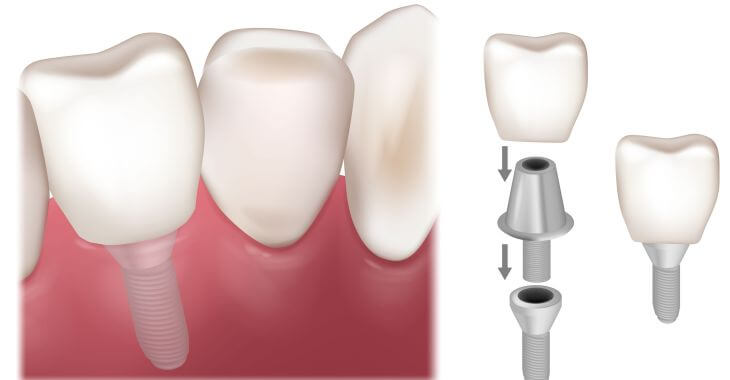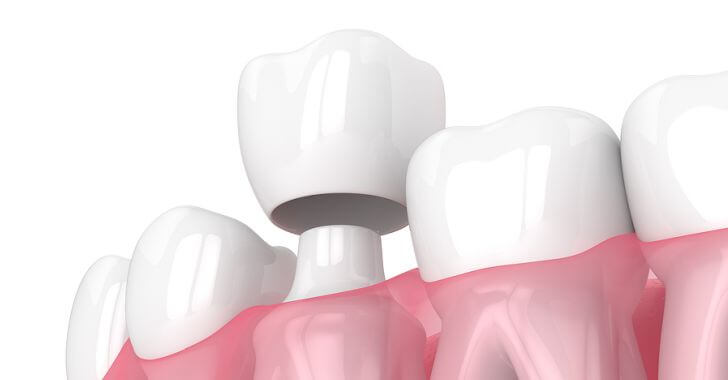Understanding the Tooth Implant Process Timeline: What to Expect

Dental or tooth implants are a popular and effective solution for replacing missing teeth. The process, however, involves several steps and can take months to complete. Understanding the tooth implant process timeline can help you prepare for the various stages and set realistic expectations.
Initial Consultation and Planning
The first step in the tooth implant process is a comprehensive dental examination. During this consultation, your dentist will evaluate your oral health, take X-rays, and possibly perform a CT scan to assess the condition of your jawbone.
This step can take 1-2 weeks and helps in determining whether you need a dental bone graft before the implant. Key activities to expect include:
- Oral examination
- X-rays and imaging
- Treatment planning
Dental Bone Graft (If Needed)
If your jawbone is not thick or dense enough to support an implant, you will need a dental bone graft. This procedure involves adding bone material to your jaw to create a stable foundation for the implant. The graft material can be sourced from another part of your body, a donor, or synthetic materials.
After the graft, your bone needs time to heal and integrate with the existing bone. The maximum time between bone graft and dental implant can vary, but typically, it ranges from 3 to 6 months, depending on individual healing rates and the extent of the graft.
Key activities during this phase include:
- Bone grafting surgery
- Post-surgical care and monitoring
- Healing and integration of the graft
Dental Implant Surgery
Once the bone graft has healed (if applicable), the next step is dental implant surgery. During this procedure, the dentist inserts a titanium post into the jawbone, which will serve as the root for the new tooth. This requires precision to ensure the implant is securely placed, and it usually takes 1-2 hours.
After the surgery, the implant needs time to osseointegrate with the jawbone, a process that can take several months. During this period, the bone grows around the implant, securing it firmly in place.
Key activities to expect during this step include:
- Implant insertion surgery
- Post-surgical care and monitoring
- Osseointegration period
Abutment Placement
After the implant has successfully fused with the jawbone, the next step is to place an abutment. The abutment is a connector that links the implant to the crown. This minor surgical procedure involves reopening the gum to attach the abutment to the implant.
The gums will need a few weeks to heal after this procedure and some of the key activities to expect during this step include minor surgery to attach the abutment and 1-2 weeks for gum healing.
Creating the Dental Crown
Once the gums have healed around the abutment, impressions of your mouth and remaining teeth are taken to create the custom dental crown. This crown will match the color, shape, and size of your natural teeth to ensure a seamless appearance.
Creating the dental crown can take a few hours or a few weeks, depending on whether the dentist uses CEREC or an outside dental lab. Key activities during this step include:
- Dental impressions
- Crown fabrication
- Fitting and adjustment
Final Crown Placement
The final step in the tooth implant process is the placement of the permanent crown. This involves attaching the custom-made crown to the abutment and making any necessary adjustments to ensure a proper fit and bite alignment.
The final crown placement can take 1-2 hours. Key activities during this procedure include:
- Crown attachment
- Final adjustments
- Post-procedure care instructions
Post-Procedure Care and Maintenance
After the final crown placement, it is crucial to maintain good oral hygiene and follow your dentist’s care instructions to ensure the longevity of your dental implant. Regular dental check-ups are essential to monitor the condition of the implant and surrounding tissues.
Key maintenance activities include:
- Regular brushing and flossing
- Routine dental visits
- Monitoring and maintenance
Potential Complications and Additional Procedures
While the tooth implant process is generally successful, complications can arise that may extend the timeline. Some potential issues include:
- Infection: Post-surgical infections can delay healing and may require additional treatment.
- Insufficient Bone Growth: If the bone does not integrate well with the implant, further bone grafting or alternative solutions might be needed.
- Implant Failure: Although rare, implant failure can occur and may necessitate removal and replacement.
In such cases, the timeline for completing the dental implant process may extend beyond the standard duration.
The timeline for the tooth implant process can vary significantly depending on individual circumstances, such as the need for a dental bone graft and the healing rate. On average, the entire process can take anywhere from several months to over a year.

Remember, the maximum time between the bone graft and a dental implant is typically around 3-6 months, but this can vary. Always follow your dentist’s advice and care instructions to ensure the best possible results for your dental implant.
With patience and proper care, dental implants can provide a long-lasting, natural-looking solution for missing teeth, greatly enhancing both function and aesthetics.
The information provided on this website, including text, graphics, images, and other materials, is intended solely for informational purposes and should not be used as a substitute for professional medical advice, diagnosis, or treatment.



)